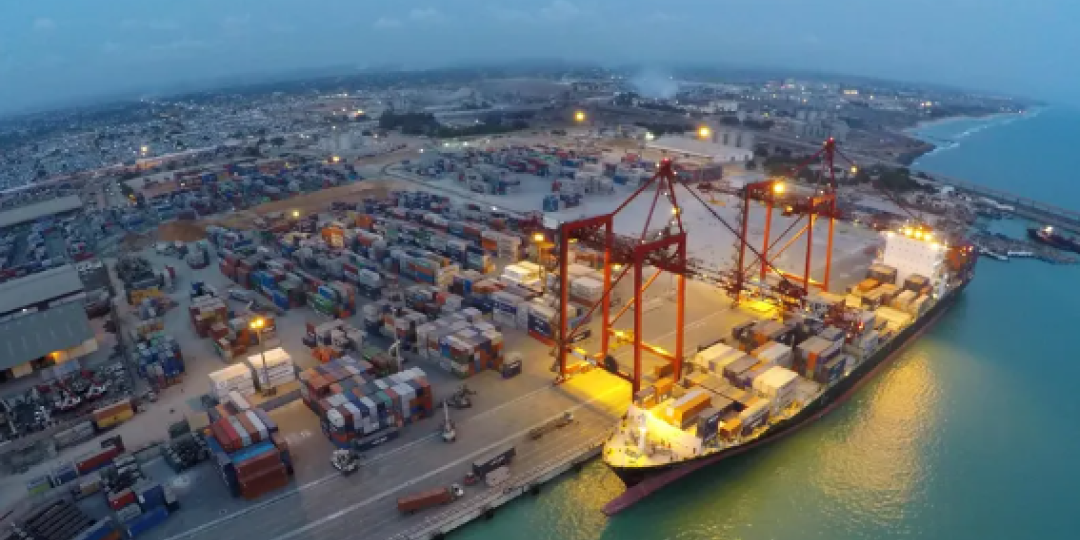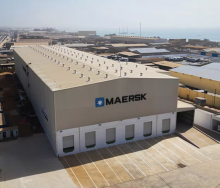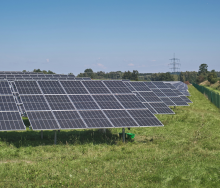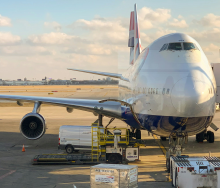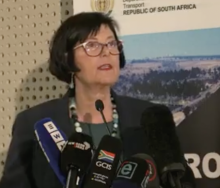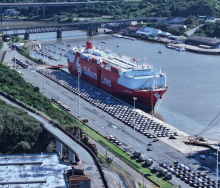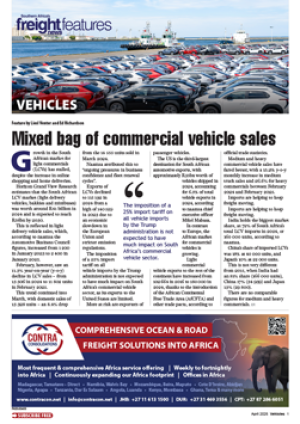Transhipment along the West African (WAF) coast is experiencing a strategic hub-and-spoke volume increase related to Europe-Asia sailings avoiding Red Sea risk by sailing around the Cape of Good Hope.
One line that has identified an opportunity as carriers take the long way around Africa as opposed to using the Suez Canal is the Mediterranean Shipping Co.
According to the latest global maritime traffic data, MSC has ramped up TEU capacity to 23 000 TEUs on its WAF Express service, representing a 20% increase.
One of the ports that is benefiting from large loads coming into the Gulf of Guinea is Togo’s Port of Lomé.
Having invested in modernising its container terminal, Lomé has become a popular redistribution port for the landlocked Sahel region since it is situated in a large free zone that facilitates storage and processing activities before customs clearance. In addition, the Togolese government has implemented policies to make the port more competitive, including favourable duties for goods destined for neighbouring countries.
In the latest update from ocean freight consultancy Sea-Intelligence, the largest vessel currently operating on the service has a capacity of 16 600 TEUs, with an average vessel size of 14 465 TEUs.
Planned TEU increases are expected to expand current capacity by 50%.
The first of these deployments, MSC Diletta, was reassigned from the Asia-Northern Europe (NEUR) Lion service and replaced by a smaller vessel of 15 500 TEUs.
Industry analysts said this move was unexpected, given the prevailing trend in recent years of replacing smaller vessels on the Asia-NEUR route with larger ones.
Recent data illustrated the trend of increasing vessel sizes deployed on deep-sea services to West Africa.
Since June 2022, the average vessel size on this route has grown by 50%. Shipping lines have been progressively assigning larger vessels to the region, with the largest ones prior to MSC’s latest deployments already exceeding 16 000 TEUs.
Since January 2024, 26 vessels with capacities of 15 000 TEUs and above have been introduced to trades linking to West Africa.
Of these, 22 have been operated by MSC on its standalone services.
Additionally, these vessels have been allocated across four different services, three of which are part of MSC’s independent operations. Analysts suggest that this move indicates MSC’s commitment to strengthening its WAF network, in anticipation of significant growth in the region.
The update further highlighted Africa’s growing demographic significance, with the continent’s population reaching 1.5 billion in 2024 and projected to rise to 2.5 billion by 2050. This growth is expected to increase Africa’s share of the global population to 28%.
At present, 30% of Africa’s population resides in West Africa, with 56% of the region’s ports experiencing an upward trend in connectivity over the past 18 months.
From an economic perspective, year-on-year growth in sub-Saharan Africa has surpassed both global and advanced economic growth rates, according to figures published by the International Monetary Fund.
The expansion of MSC’s operations in West Africa is in line with these economic trends, suggesting a strategic positioning for future trade opportunities.
